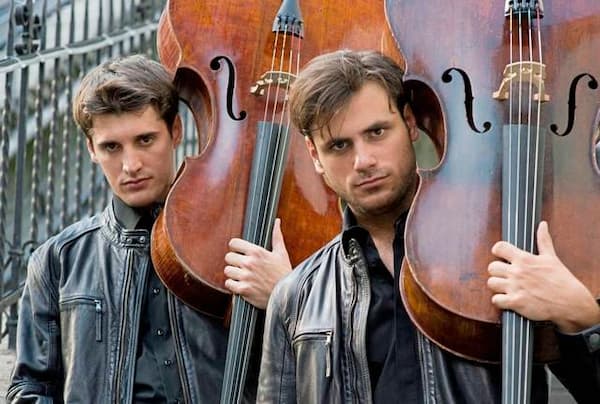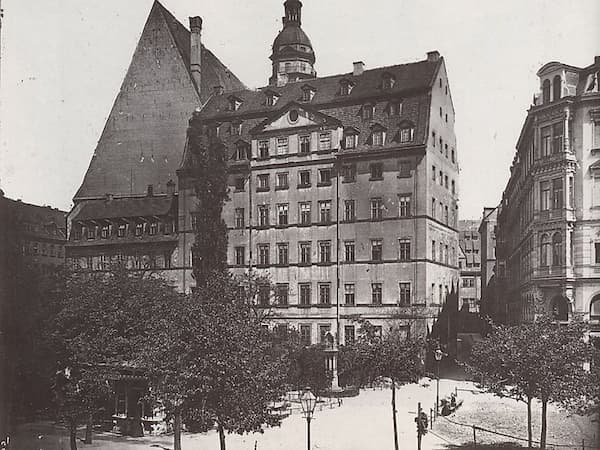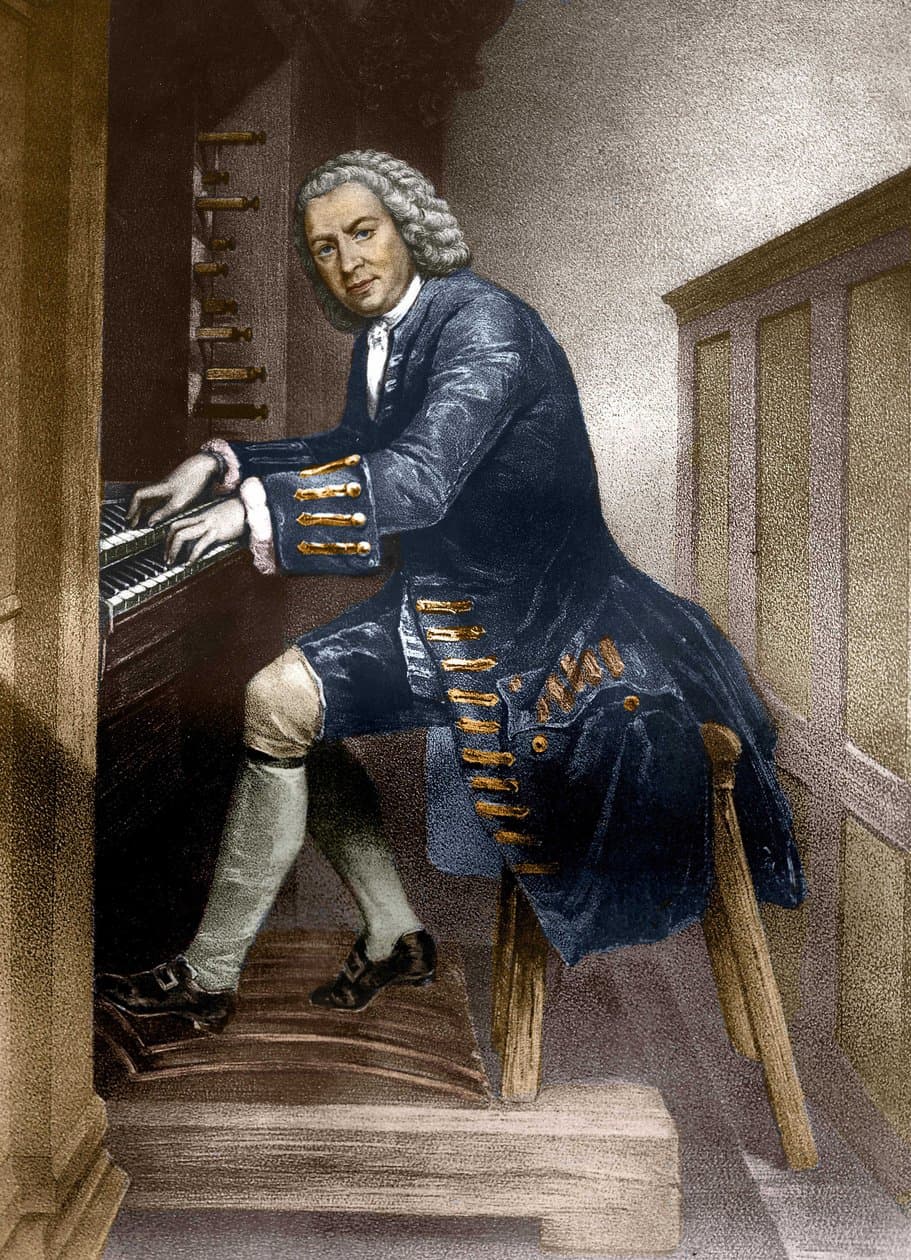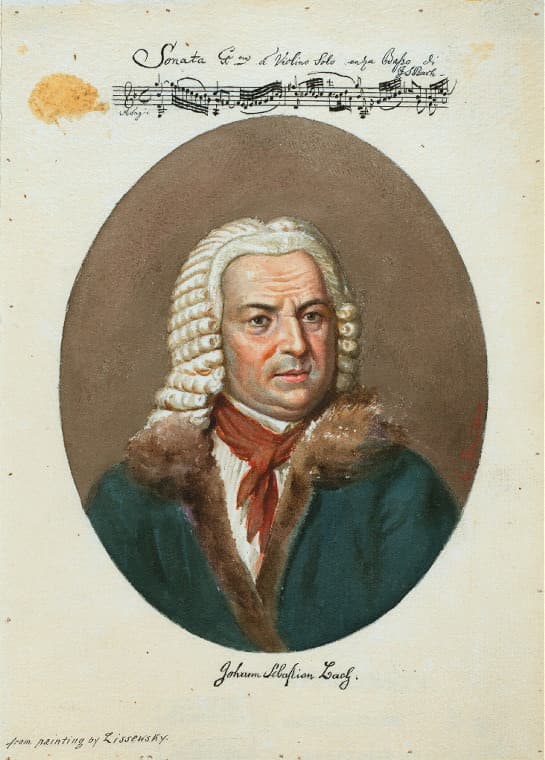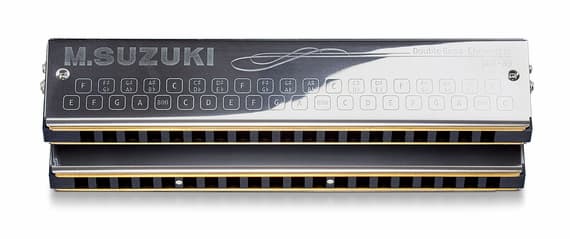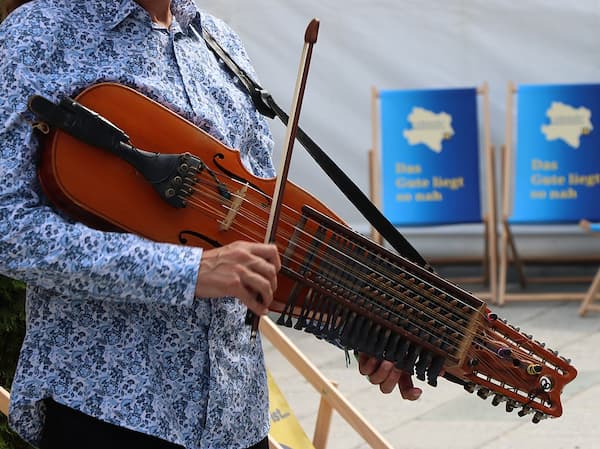Johann Sebastian Bach (1685–1750) wrote 4 Overtures (as he called them), known as his four Orchestra Suites between 1724 and 1731. Each of these suites consists of several movements that are dance-pieces. The form was extremely popular in Bach’s time,
Bach
Carl Philipp Emanuel remembered the Bach household in Leipzig as a “pigeon coop,” with people swarming in and out all the time. Conversing with the Bach biographer Forkel, Carl Philipp recounts, “With his many activities Bach hardly had time for
The Goldberg Variations, published by Bach in 1741, is beloved by musicians. Those who don’t play a keyboard instrument have been quick to arrange it for their own specialties. We’ll now look at very large ensembles and a few surprises.
Johann Sebastian Bach—one name says it all! On 21 March, we celebrate one of the most revered and influential composers who ever lived. His compositions fill the air with harmony and joy, and his genius continues to inspire the world.
The Goldberg Variations, published by Bach in 1741, is beloved by musicians. Those who don’t play a keyboard instrument have been quick to arrange it for their own specialties. We’ll continue our examination with more ensemble versions and some other
The position of Kantor at the Thomasschule in Leipzig was one of the most esteemed musical positions in Germany. Bach’s duties were demanding and varied, and he was certainly the most important musician in town. In charge of music at
After looking at the background of J.S. Bach’s Goldberg Variations and the Goldberg in the hands and sounds of other instruments. Let’s continue with the ensemble versions. The Goldberg Variations, published by Bach in 1741, is beloved by musicians. Those
Joy and sorrow were everyday occurrences in the household of the Bach family. That was certainly true when it came to the son Ernestus Andreas Bach. The little boy was born premature and hardly lived long enough to be baptised

